Note to gardeners: how to properly plant an apple tree in the spring?
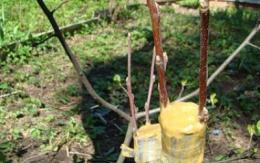
Spring is considered the most successful time of the year for grafting fruit trees. Grafting an apple tree is a good opportunity not only to “rejuvenate” the tree, but also to improve the taste quality of the fruit. During grafting, two methods can be used - copulation and budding. Each method has its own characteristics and advantages.
Content:
- Copulation. Proper preparation is the key to success
- Let's move on to the actual process of grafting an apple tree.
- Basic stages of tree care
Copulation. Proper preparation is the key to success
The term “tree copulation” should be understood as the method of grafting using cuttings. Note that this method of grafting trees is ideal for the spring period, as it is considered the most gentle. Grafting new trees can be compared to an operation. During the work, you must act very carefully so as not to damage the structure of the tree and the cutting. In modern gardening, copulation is used not only to “rejuvenate” a tree. It also serves for more serious matters: growing dwarf trees, healing bark damage, replacing a low-value variety with a more profitable and productive one.

What might be needed for copulation?
- Cutting. Try to choose the “strongest” branch, it should have as many buds as possible
- Garden varnish (you can prepare it yourself or buy it ready-made)
- Garden thin file
- Professional grafting knife
- Polyethylene film for strapping
- Fabric material
You need to prepare cuttings for grafting in winter. It is during winter that trees are dormant. Choose a branch 30-50 centimeters long. Make the cut at a slight angle. The cutting can be stored in a dark basement, after placing the branch in a bowl with damp sawdust. Before you start copulating, wash your hands and tools with laundry soap. This way, you can avoid infecting the tree. Don't touch the "open" part cuttings hands, this way you will avoid “contaminating” the wood.
Let's move on to the actual process of grafting an apple tree.
There are several ways to copulate trees, including apples: simple, improved, cleft grafting. If you are new to gardening, then it is better to give preference to the first option of grafting an apple tree. Firstly, simple copulation does not require professional skills from you, and secondly, it takes place without “extra” problems.
Video about spring apple tree grafting:
How is an apple tree grafted using simple copulation?
- Remember that the rootstock and scion must be even and identical. Try to make the cut at the same angle
- Attach the cutting to the rootstock (this must be done as quickly as possible so that the cuts do not have time to oxidize)
- Firmly fasten the rootstock and scion together (this can be done using fabric or polyethylene material)
- If necessary, apply garden varnish.
Using conventional copulation, young fruit trees aged from 1 to 3 years are grafted. It is important to do the work at a fast pace. If you allow the cuts to oxidize, most likely the trees will not grow together and the cutting will dry out completely. Improved copulation gives a stronger bond between the rootstock and scion.However, the gardener will need some knowledge. For example, you will need to find out where the cambium is located in a tree. Deep cuts are made on the rootstock, and the cutting is inserted there (the cambium to cambium method must be present, otherwise graft date to no).
If the diameter of the branches is completely different, you can use split grafting. The rootstock is cut crosswise and several cuttings are placed there at once. Such grafting will require special attention from the gardener, since the cambium comes into contact with only one part of the supply. We have identified only three methods for copulating an apple tree. Each of them has its own characteristics and advantages. If you are new to gardening, feel free to take on regular copulation. But remember that this method is only suitable for young trees.
Basic stages of tree care
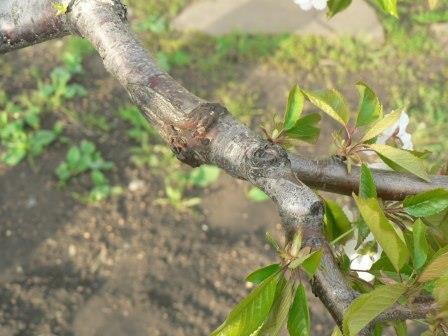
Correct care – the key to successful and fruitful vaccination. In the first month of a tree’s “life,” it needs to be provided with optimal conditions for healing. What should you remember?
- After grafting, be sure to lubricate the “wound” with garden varnish.
- The purpose of the garden pitch is to prevent the penetration of excess moisture and harmful microorganisms.
- Be sure to wrap the “affected” area with plastic cloth.
- For 20 days, do not unwind or touch the cutting site.
- There should be no fertilizers or watering.
Some novice gardeners use electrical tape and a regular plastic bag instead of specialized materials.
This absolutely cannot be done, since a “greenhouse effect” is created under the package. The buds will begin to bloom earlier than expected, which will lead to the death of the cutting. There are quite a large number of recipes for preparing garden varnish at home.Experts recommend paying attention to “Thermal Liquid Var”, as it copes with its main task perfectly. To prepare the brew you will need:
- 400 grams of rosin
- 150 grams of beeswax
- 100 grams of animal fat, unsalted
- Tea cup of flaxseed oils
The products need to be melted together (from rosin to linseed oil). The decoction must sit for at least a day before it gets onto exposed areas of the tree. Grafting a tree is a painstaking task and will require you to have some knowledge and copulation techniques. As we found out, grafting an apple tree in the spring is best done using regular copulation. With proper grafting, the apple tree will give you a good harvest and “rejuvenated” bark. Happy gardening experiments!
Interesting information about the vegetable garden

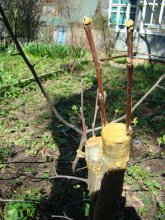
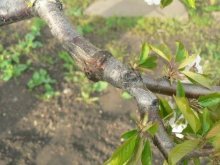
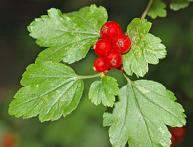
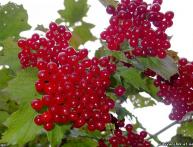
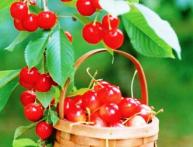


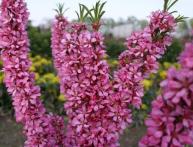
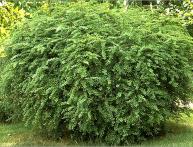
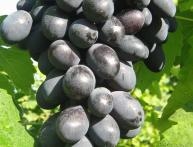
Comments
For two years in a row they tried to graft the tree, but it didn’t work. Now I will keep in mind how to do everything correctly to get a good result. I've never heard of budding.
Thank you for the detailed recipe for the warm-liquid pitch, now everyone will know how to properly treat the grafted tree and how to lubricate it to avoid infection from pathogenic microbes.